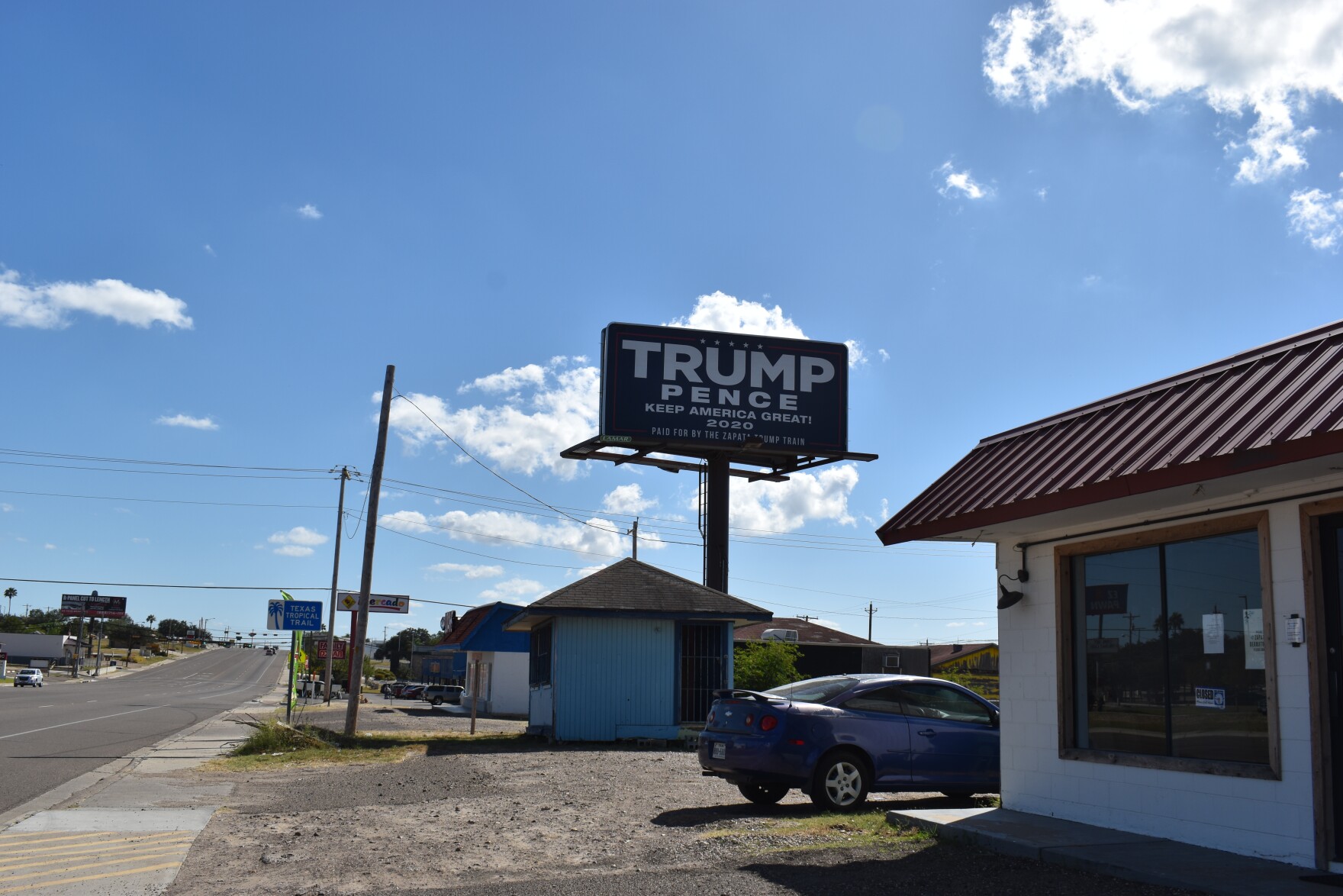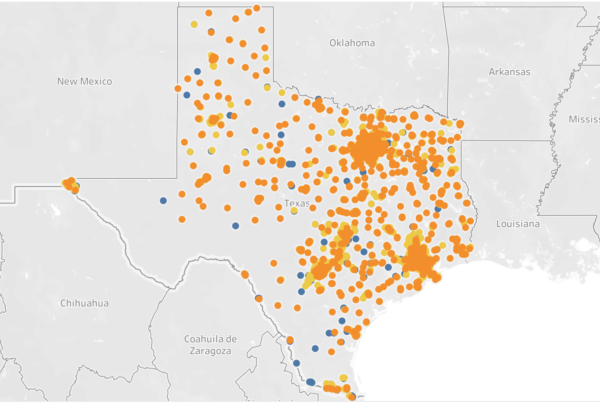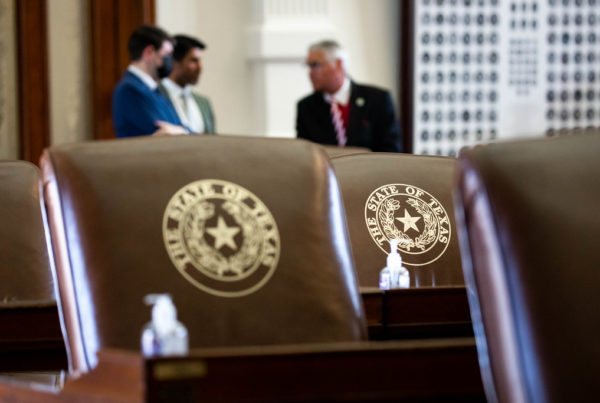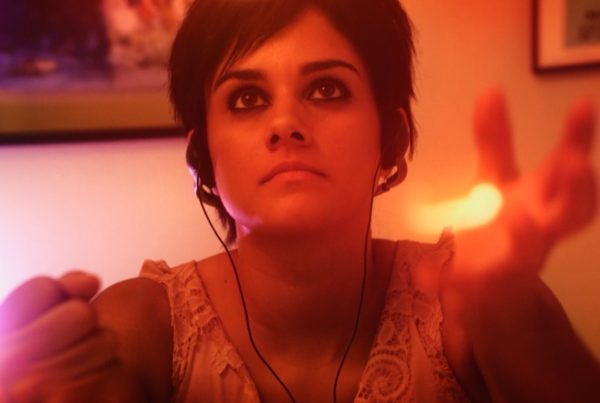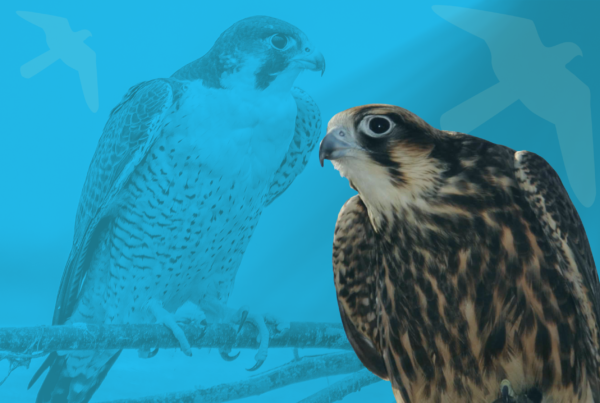Texas Democrats still don’t have a candidate at the top of the ticket for 2022 statewide races, but that hasn’t stopped ongoing speculation about whether they’ll be able to out-compete Republicans next year – especially after defeats in 2020 and a rightward shift in several southern border counties.
But as Alex Samuels has been reporting for FiveThirtyEight, recent gains by Republicans in rural areas, especially in South Texas, might not be as much of a windfall as some previously believed given Democrats gains in growing, highly populated metropolitan areas. Listen to the interview with Samuels in the audio player above or read the transcript below to learn more about why the Republican National Committee may be putting too much of its focus on South Texas and not enough on Texas’ “Big Four” cities: Austin, Dallas-Fort Worth, Houston and San Antonio.
This interview has been edited lightly for clarity.
Texas Standard: Refresh our memory: what was it about the 2020 results in Texas’ major metropolitan areas – Austin, Dallas-Fort Worth, Houston and San Antonio – and in the South Texas border region that has us focusing on them again right now?
Alex Samuels: In a typical election year, we’d expect those metropolitan areas, the “Big Four,” as you called, them to swing toward Democrats. Since 2016, and 2018, specifically, those four areas have trended more and more blue, and we saw some of that in 2020 as well. But we’d also expect the border region to vote Democratic, too, because that’s just what’s happened historically. But last year, a good chunk of those border counties that typically go blue swung decisively toward Republicans. So, Starr County, for instance, swung 55 points to the right. Maverick County moved 46 points to the right. Hidalgo County moved 23 points. So with Republican gains in those areas, plus the fact that Texas is redrawing its political maps right now, there’s a focus on those counties, specifically those ones along the Texas-Mexico border, to see if 2020 was an anomaly or if GOP gains there are indicative of the political winds for years to come.
Basically, what we’re trying to show in our story is that those four, the Big Four, as you refer to them, and those surrounding cities, those contribute nearly 70% of Texas’ vote total, or at least they did in 2020. And all of those area shifted left. Because of those Big Four areas trending blue, if they continue to go that way, then the state can still become blue even if Democrats do lose some of their gains in the border.
How did the 2020 results play into some of these new political maps recently drawn by the Texas Legislature? It looks as though Republicans partially gave up some suburban seats, and they were hoping to gain one seat in South Texas?
Samuels: That’s correct. So, Democratic gains in the suburbs, plus changing demographic trends there have really become such a force that Republicans are essentially ceding some of that turf to Democrats to ensure overall GOP control. While Republicans drew one of the state’s congressional lines so that it’s now easier for them to win at least one border-area district that’s currently represented by a Democrat, their likely congressional map also draws Democratic representatives Colin Allred of Dallas and Lizzie Fletcher of Houston into safely Democratic districts that had formerly been pretty competitive. On top of that, the Legislature placed one of Texas’s new districts in Austin – obviously a very Democratic, very liberal city – to pack as many Democrats as they could in there to help make the surrounding seats redder.
Republicans seem to be investing in South Texas. I understand the Republican National Committee is also adding an office along the border, and they’re pushing to campaign more in that region. But that doesn’t necessarily mean gains like we saw with Trump will continue. Do you see this as a safe bet for the GOP, or more of a gamble on South Texas?
Samuels: That’s a great question. And honestly, I hate to say it, but it really is kind of a wait-and-see game. You know, Republicans have reason to be optimistic, not just after Trump’s victories down there in 2020, but Javier Villalobos, who is a former Hidalgo County GOP chair, he won a nonpartisan mayoral race there in June. And on top of that, President Biden’s approval is underwater with Hispanic voters in this state. The flip side, of course, is that there’s the possibility that Trump himself drove a lot of the rightward shift of the border regions, and without him on the ballot, who knows if those GOP gains will continue. But I do think that going into next year, and part of what we’re already seeing, is that both parties are really making an effort to step up their outreach in the border region. So, yeah, we’re all just watching, but it’ll be fascinating to see what happens.


